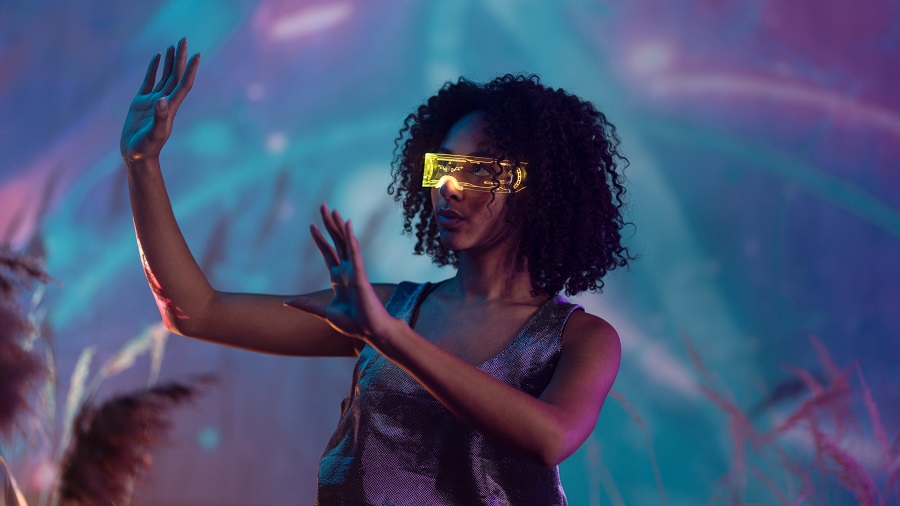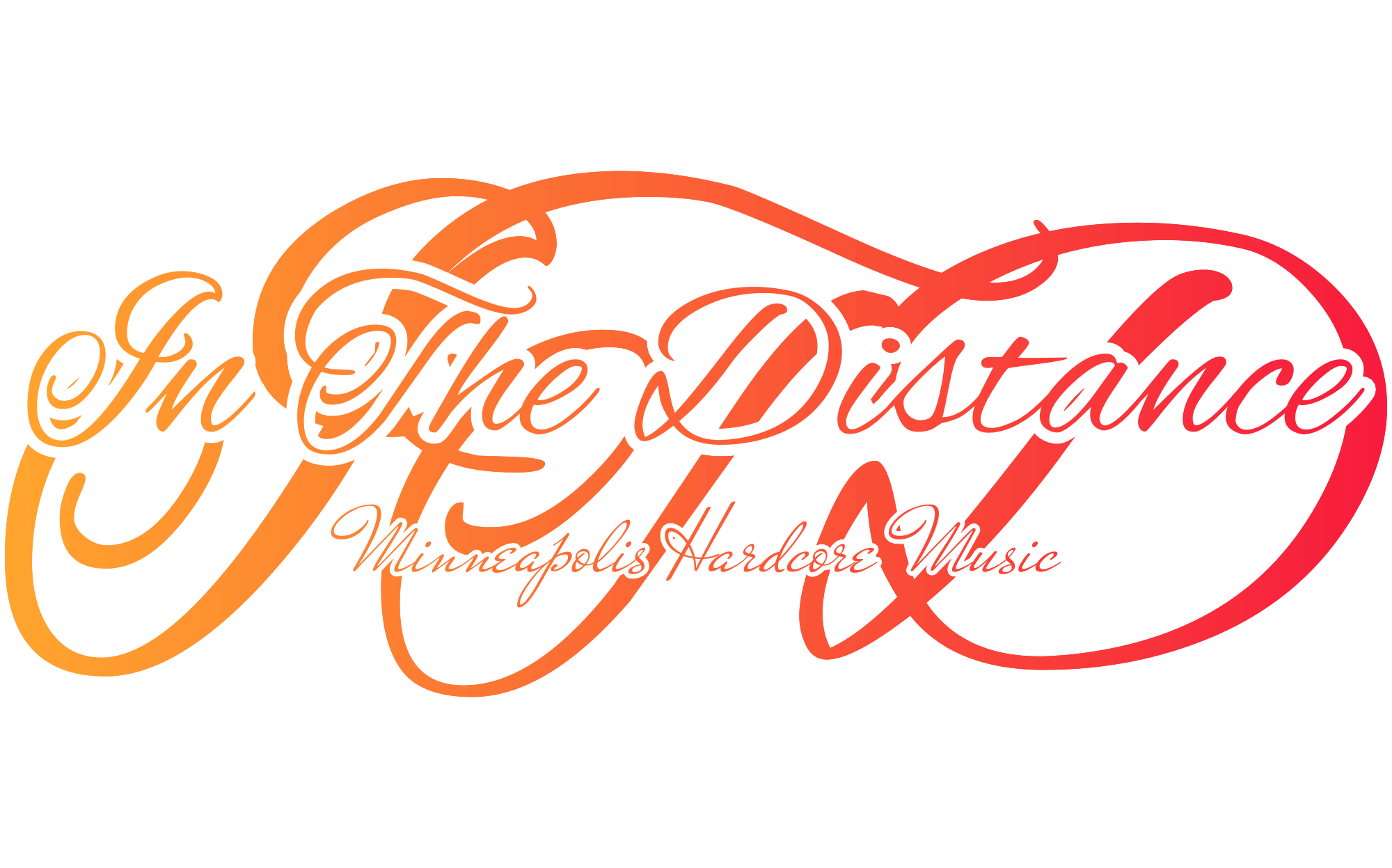
The Evolution and Future of Music Delivery
The Evolution and Future of Music Delivery
In the ever-evolving landscape of music consumption, the methods of delivering our favorite tunes have undergone remarkable transformations over the years. From the nostalgic crackles of vinyl records to the compact convenience of MP3 files, technology has played a pivotal role in shaping the way we experience and enjoy music. As we stand on the cusp of a new era, let’s delve into the progression of music delivery platforms and explore what the future holds.
The Vinyl Era: Records Spin Their Magic Once the epitome of musical indulgence, vinyl records emerged as the most popular medium for music distribution in the mid-20th century. From the 1940s through the 1980s, music enthusiasts reveled in the unique warmth and richness of the analog sound produced by record players. However, the physical nature of vinyl made it susceptible to scratches, warps, and limited portability.
The Age of Tapes: Compact and Portable The advent of magnetic tape technology in the 1960s brought about a revolution in music delivery. Compact Cassettes, introduced in the 1970s, allowed music lovers to create mixtapes, share their favorite songs, and enjoy music on the go with portable cassette players. While tapes were more durable than vinyl, their sound quality was less pristine, and the tape itself was prone to tangling.
Compact Discs: The Digital Leap In the 1980s, the music industry experienced a seismic shift with the introduction of the compact disc (CD). CDs offered unprecedented sound quality, improved durability, and the ability to skip tracks instantly. The digital format stored music as binary code, which eliminated the hisses and pops associated with analog media. This shift marked the beginning of the digital era in music distribution.
MP3: There was a revolution in the Music Industry as the internet proliferated in the late 1990s, a new format emerged that would forever change the way we consumed music via the MP3. This compressed audio file format allowed for efficient storage and quick transmission over the internet. With the rise of file-sharing platforms like Napster, music enthusiasts were able to access an enormous catalog of songs, leading to significant disruptions in the music industry.
What’s Next: Streaming and Beyond The introduction of music streaming services in the early 2000s, such as Spotify, Apple Music, and Tidal, revolutionized music consumption once again. Streaming platforms allow users to access an extensive library of songs on demand, personalized playlists, and discover new artists effortlessly. This shift towards cloud-based music libraries, combined with the rise of high-speed internet and mobile devices, has made streaming the dominant method of music consumption.
Looking forward, the future of music delivery holds exciting possibilities. With advancements in technology, we may witness a further convergence of mediums. Virtual and augmented reality technologies might enable immersive music experiences, placing listeners in virtual concert venues or allowing them to interact with virtual representations of their favorite artists. Moreover, advancements in artificial intelligence could personalize music recommendations even further, tailoring playlists to individual preferences with uncanny accuracy.
The journey from vinyl records to the current era of music streaming has been a remarkable testament to human ingenuity and technological progress. As we embrace the future, it’s clear that music delivery will continue to evolve, catering to the ever-changing needs and desires of music lovers worldwide. Whether it be through immersive virtual experiences or AI-driven curation, the next frontier promises to redefine how we connect with music in unprecedented ways.
Photo Credit: Envato Elements


.png?alt=media&token=69fa97be-79cb-42a3-aaad-a33bf8962f25)
.jpg?alt=media&token=82d3f312-36e4-49e8-bfa6-753836b2e2a3)



